[ad_1]
And so, art started to be seen as a powerful medium to introduce the world to a woman’s point of view about their socio-political status, to describe their lives, personal experiences, to show a woman’s body in a different light, coming from the very owner of it.
The goal of it all was to create change, and since female artists were neglected by the institutions and it was hard for them to exhibit in museums and galleries, they had to do it on their own.
They created opportunities by forming their own galleries, in which they curated and promoted women artists’ works and turned them various publications – they even founded schools for feminist art.
It was Judy Chicago who taught the first women’s art class in the fall of 1970 in Fresno, but she didn’t stop there: Womanhouse was a collaborative feminist art exhibition that developed into a feminist studio space and promoted the concept of collaborative women’s art.
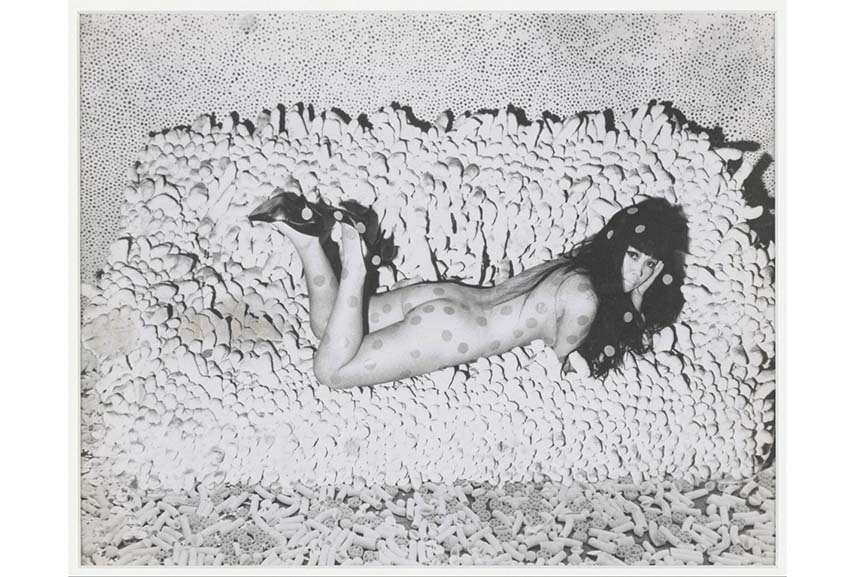
The Dinner Party
Judy Chicago’s The Dinner Party installation is considered the first great feminist artwork.
In possibly the greatest homage paid to women ever, Chicago formed a triangular table with 39 place settings, each to an individual mythical and historical female figure. Each place included a hand-painted china plate (evoking a vagina-esque form), ceramic cutlery and a gold-embroidered napkin.
Produced from 1974 to 1979, it involved a great number of volunteers and it toured the world as an exhibition, despite the resistance from the art world. The work represents a monumental testimony of women and it set their place in history in stone for good.
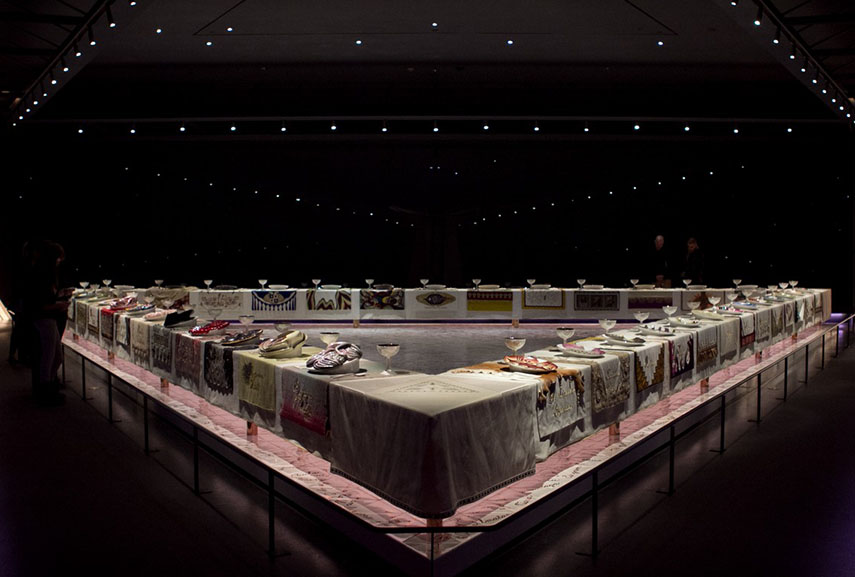
Guerrilla Girls
In years to follow, the position of women within the art world improved, but it was still not enough for women to get equal exposure within cultural institutions.
Making their mission to show this fact to the world, a group of women artists called Guerrilla Girls presented at public speaking engagements and research into the unfair conditions of working women artists and artists of color. They organized protests, created posters, stickers, billboards and artworks and, during their first years, they started the “weenie counts,” where members would count the male to female subject ratio in artworks shown in big museums.
The data gathered from the MET’s public collections in 1989 showed that in the Modern Art sections, less than 5% of the works were by female artists, while 85% of the nudes were female. Guerrilla Girls were also famous for wearing gorilla masks, shifting focus from their identities to actual issues, and they also used names of deceased female artists, like Alma Thomas, Rosalba Carriera, Frida Kahlo and Hannah Höch.
The group marked the movement’s activities through the 1980s and 1990s, and is still active today.
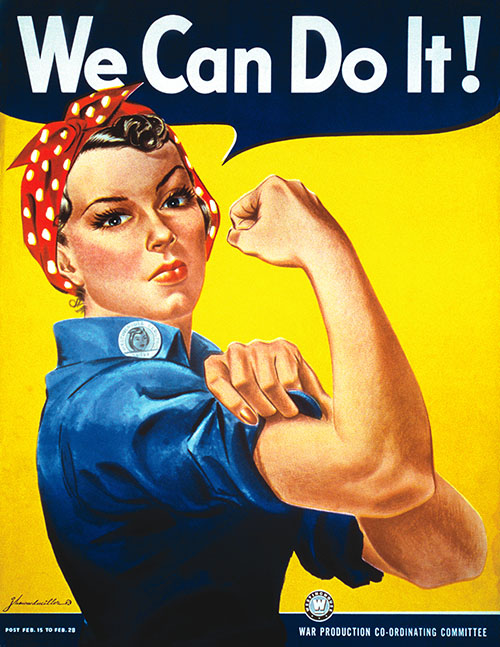
The Feminist Art Movement – Girl Power Carries On
On International Women’s Days today, it is fair to say that the impact of feminism certainly improved the status of women’s rights, even thought there is still more to be done.
In arts, it was as revolutionary and as innovative as any avant-garde movement. Visual female artists like Tracey Emin, Barbara Kruger, Shirin Neshat, Kara Walker or Marina Abramović are recognized and respected – a scenario which only twenty years ago would have been hard to even imagine. Their artistic work continues to inspire new generations of young women artists and fighters for women’s rights, giving them a vision of a better future for which, I hope, we won’t have to fight much longer.
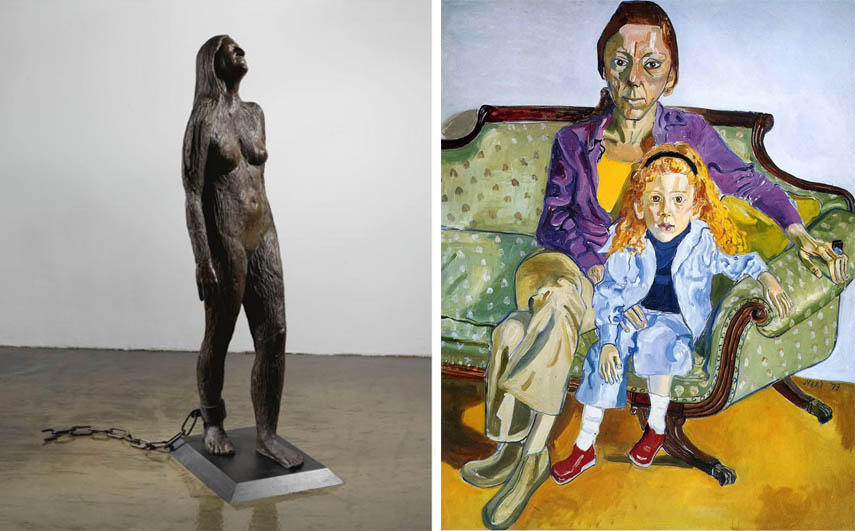
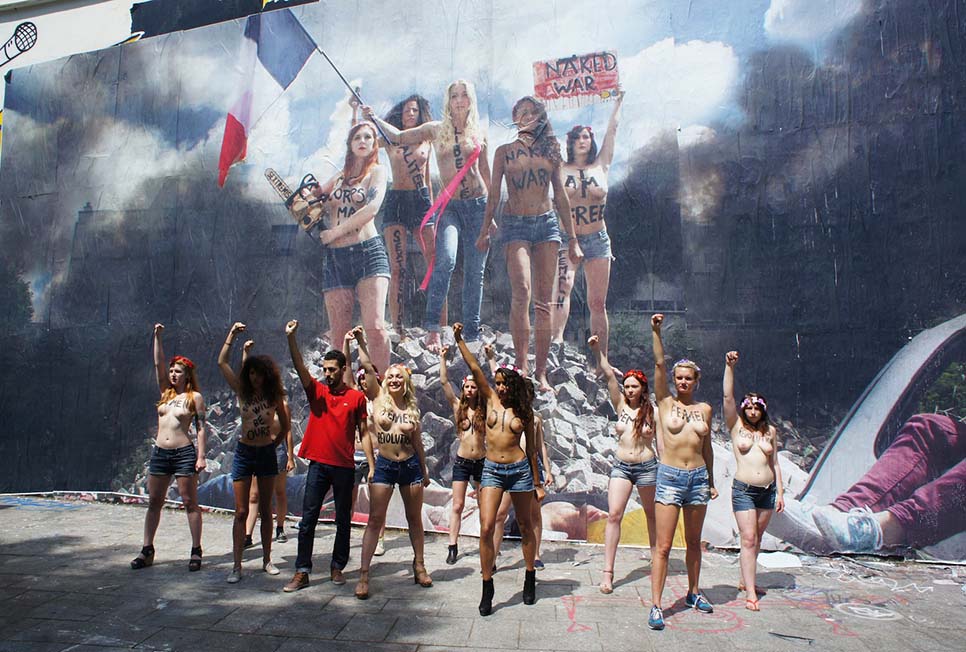
Featured image: Barbara Kruger – Untitled (We don’t need another hero), 1987. All images used for illustrative purposes only.
[ad_2]
Source link
